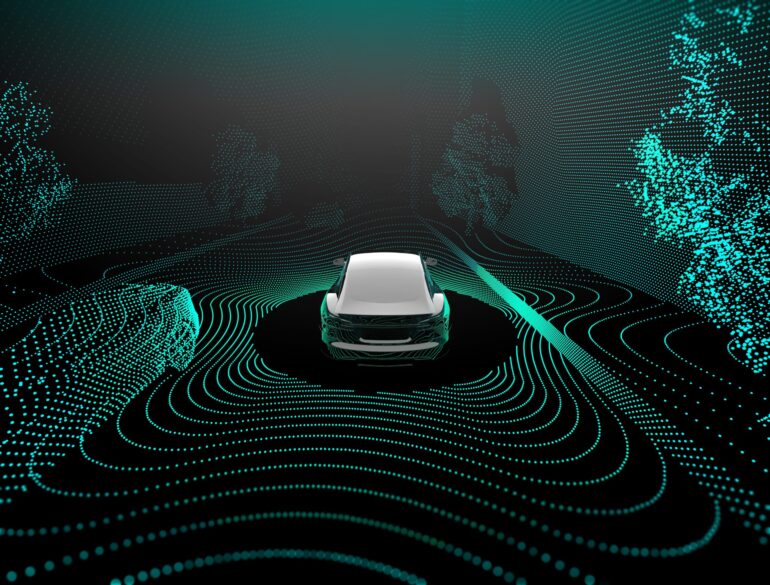- Aurora introduces verifiable AI for self-driving, emphasizing its necessity for human-like driving proficiency.
- Evolution of self-driving tech: from control theory to neural networks and probabilistic reasoning, culminating in modern AI solutions.
- Challenges of logic-based approaches in dynamic driving environments.
- Aurora’s seven-year focus on developing a verifiable AI framework for predictable and safe AI behavior.
- Integration of transformer-style models to enhance adaptability and reliability in self-driving systems.
- Addressing alignment challenges by embedding road traffic regulations as invariants.
- Advantages of combining AI learning with legal compliance for scalable self-driving solutions.
Main AI News:
In the rapidly evolving landscape of self-driving technology, Aurora is pioneering a new era with their innovative approach to artificial intelligence (AI). Aurora emphasizes that AI is indispensable for achieving human-like driving proficiency and navigating the complex conditions of modern roadways.
The Evolution of Self-Driving Technology
Since the inception of self-driving vehicles, technology has progressed alongside advancements in AI. Initially rooted in control theory in the 1950s and 60s, followed by neural networks for freeway driving in the 1990s, and probabilistic reasoning in the 2000s, the industry now stands on the threshold of realizing a long-standing vision.
AI vs. Logic-Based Approaches
Contrary to the misconception that self-driving capabilities can be defined by straightforward logical rules, Aurora argues that such approaches falter in dynamic environments. For instance, the nuanced task of lane-changing on a freeway defies simple algorithmic instructions, requiring AI’s adaptive capabilities to interpret varying scenarios safely and effectively.
The Role of Verifiable AI
Addressing concerns about the reliability and safety of AI-driven systems, Aurora has dedicated seven years to developing a “verifiable AI” framework. This approach ensures that AI consistently behaves predictably and aligns with societal safety norms. By integrating transformer-style models, akin to those revolutionizing language processing, Aurora enhances the adaptability and reliability of their self-driving technology.
The Challenge of Alignment
The concept of alignment, crucial in ensuring AI systems adhere to intended behaviors, poses significant challenges. Aurora’s solution involves embedding road traffic regulations as invariants, alongside learning from expert driver behaviors. This hybrid approach not only mirrors human driving but also complies with legal frameworks, fostering trust among regulators and the public.
A Safe and Scalable Future
Aurora advocates that a verifiable AI approach represents the safest and most scalable path forward for self-driving technology. By combining cutting-edge AI techniques with regulatory compliance, Aurora aims to overcome previous pitfalls and deliver a commercially viable solution.
Looking Ahead
As AI continues to reshape the automotive industry, Aurora remains committed to leveraging data-centric approaches while prioritizing verifiability and safety. This strategic focus not only promises to enhance road safety but also to pave the way for broader acceptance and adoption of autonomous vehicles.
Conclusion:
Aurora’s development of verifiable AI for self-driving vehicles represents a significant leap forward in ensuring both safety and regulatory compliance in the autonomous vehicle market. By bridging the gap between advanced AI capabilities and societal expectations, Aurora is poised to set a new standard for reliability and trustworthiness in autonomous driving technologies.

